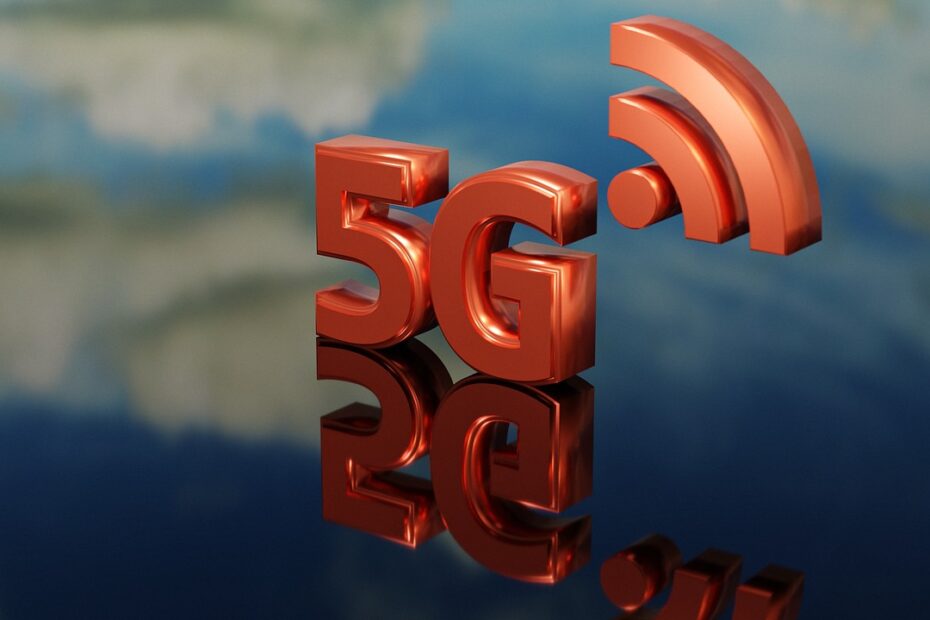Introduction
Introduce 5G as a next-generation network technology, explaining how its high speed, low latency, and massive connectivity capabilities are revolutionizing the IoT landscape.
1. Overview of 5G Technology
- High-Speed Connectivity: Explain how 5G offers speeds up to 100 times faster than 4G.
- Ultra-Low Latency: Describe the importance of minimal delay, especially for real-time applications.
- Massive Device Connectivity: Detail how 5G can support up to a million devices per square kilometer.
2. Key Benefits of 5G for IoT Applications
- Enhanced Data Transmission: High-speed data exchange facilitates complex applications.
- Real-Time Responsiveness: Low latency enables immediate reactions, crucial for autonomous systems.
- Improved Battery Life for IoT Devices: Discuss how energy-efficient 5G protocols extend device lifespans.
3. 5G-Powered IoT Use Cases Across Industries
- Smart Cities: Outline applications in traffic management, public safety, and environmental monitoring.
- Healthcare and Remote Monitoring: Describe 5G’s role in enabling telemedicine, wearables, and real-time health data.
- Manufacturing and Industry 4.0: Explain 5G’s impact on automation, predictive maintenance, and asset tracking.
- Autonomous Vehicles: Highlight 5G’s importance for self-driving cars, vehicle-to-everything (V2X) communication, and safety.
4. Edge Computing and 5G in IoT
- Data Processing at the Edge: Explain how edge computing reduces latency by processing data closer to the source.
- Enhancing IoT Scalability: Discuss how edge and 5G together manage massive data from IoT devices.
5. Security Implications and Challenges of 5G-IoT Integration
- Increased Attack Surface: Discuss how massive device connectivity introduces new security risks.
- Data Privacy Concerns: Highlight the importance of protecting user and device data.
6. Future of 5G in IoT and Emerging Innovations
- Next-Gen Applications: Speculate on future applications like smart agriculture, AR/VR, and haptic technology.
- 6G Prospects: Briefly introduce how future networks might further expand IoT capabilities.
Conclusion
Summarize 5G’s transformative impact on IoT, emphasizing how it enables smarter, faster, and more connected solutions for a variety of industries.
